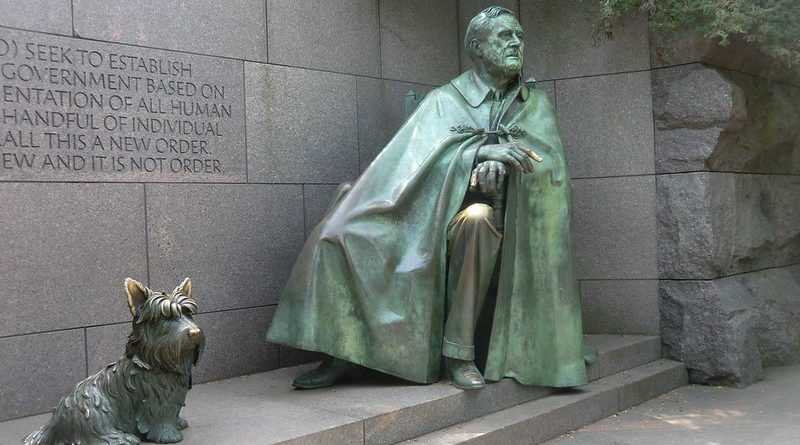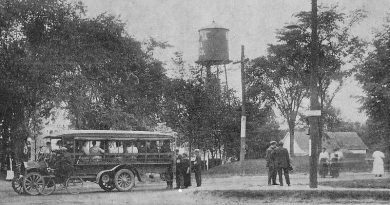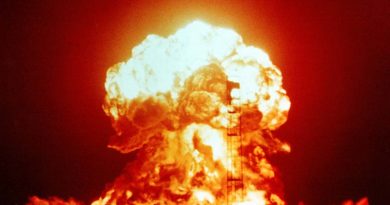The History of Washington DC
Washington was founded after the Revolutionary War (1776-1783). The site was chosen by George Washington in 1790, just 20 miles away from his Virginia plantation, Mount Vernon. Just as the city was beginning to find its feet it was sacked by the British in 1812; they torched most of the public buildings and left the city dispirited for decades. A Congressional vote to abandon the capital for good lost by only nine votes!
The Civil war saw the city’s population jump by 75% to over 130,000. The city’s site was selected as a compromise between North and South but that meant that it was on the frontlines of battle throughout the war. It brought forts, soldiers and temporary hospitals to the area. After the war thousands of freed African Americans emigrated to the capital seeking work and fleeing the depressed, chaotic South of the Reconstruction era.
By the beginning of the 20th century the city had begun to assume its modern day form. The McMillan plan strove to bring the city up to a standard commensurate with its status as national capital. Among other things it straightened and tidied the Mall and initiated the construction of some of its splendid public buildings.
1919 was a year of terrible race riots, possibly caused by the large numbers of unemployed soldiers and sailors after World War I. Race relations were strained, most of the African American advancements made in the post-Civil War era had been turned back by the 20th century as Washington adopted segregationist policies of the South.
In 1922 the Lincoln memorial was opened and the crowd that turned out to revere the man who had given slaves their freedom was racially segregated. Despite this, it was also a great period for African American music and literature.
Segregation eased under FDR’s New Deal in the aftermath of 1929 and the onset of the Great Depression.
Washington played host to key events in the national civil rights struggle. Martin Luther King Jr led the March on Washington to lobby for the passage of the Civil Rights Bill. His ‘I have a dream’ speech was delivered to 200,000 people in front of the Lincoln memorial. In 1968 after his assassination Washington went up in flames as did many other cities across America as people rioted.
The city was also making political gains of its own. In 1961 it finally gained a basic right: to vote in presidential elections. In 1967 President Nixon agreed to replace the federally appointed commission with a presidentially appointed mayor and city council. The ‘home rule’ charter was passed in 1973 that allowed citizens to elect their own mayors and council but the president and Congress retained the right to approve parts of the budget and intervene in city policy.
After the 1968 riots downtown Washington began to gain a bad reputation as it fell into decades of slump as more affluent whites fled to the suburbs. There were high hopes for Mayor Marion Barry, a civil rights leader and city council member in the 1960s and 70s, who had considerable support from black Anacostia and the white power-broker elite of northwest DC. In the early 1980s however, his first term began to be dogged by rumours of corruption, mismanagement, womanising and drug-abuse as the city descended into gang-warfare linked to crack-cocaine which earned it the title ‘Murder Capital’ it has never been able to shed.
Although he was caught smoking crack in an FBI sting operation and sentenced to 6 months, he stood for another term and beat off his opposition. Congress did what the FBI couldn’t: ended his career by stripping him of financial control of the city and effectively ending home rule for a time.
His successor, Anthony A Williams appears to have fared better, in part due to the nation’s boom period: unemployment levels are low, infant mortality and homicide levels have dropped and city budgets have been in surplus. Things are looking up for the politically beleaguered capital.
People
Washington is a company town, the company being the Federal Government. Around a third of its workers are employed by the government. The dominance of the government means that the city draws college-educated, highly skilled workers but also make it a very transient place. Many people ‘do time’ here for the period of a presidential term and then move on.
Washington is also a racially and economically segregated city and this has defined city politics and social relations for decades. DC is one of the most African American cities in the country – 61% is black (many have their roots in the South, especially the Carolinas, where their taste for gospel music, Pentecostal religion and soul food is derived) and only about 25% is white (most of whom live in northwest DC). The middle classes have flowed out into the suburbs (both black and white) and effectively control political power because Washingtonians have no voting congressional representation and therefore have no real power over how their tax monies are spent.
Many have moved out to the suburbs and made way for more recent immigrants from Central America, Africa and Asia. It also has one of the highest per capita Jewish populations in. Metropolitan Washington has large Indian, Korean, Iranian and Filipino communities that tend to be professionals and proprietors. Central Washington tends to draw poorer immigrants, especially from El Salvador, Vietnam and Ethiopia.




